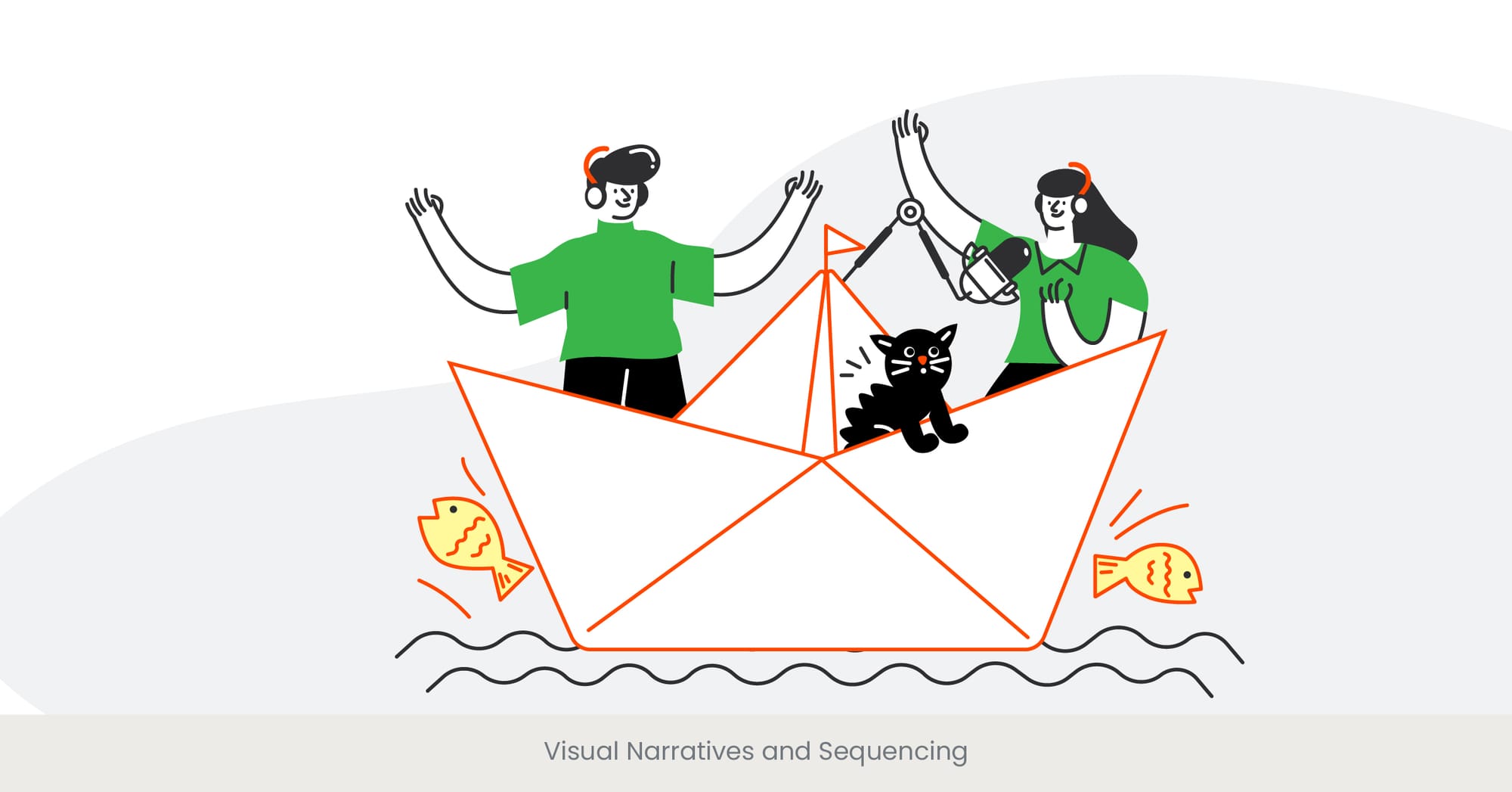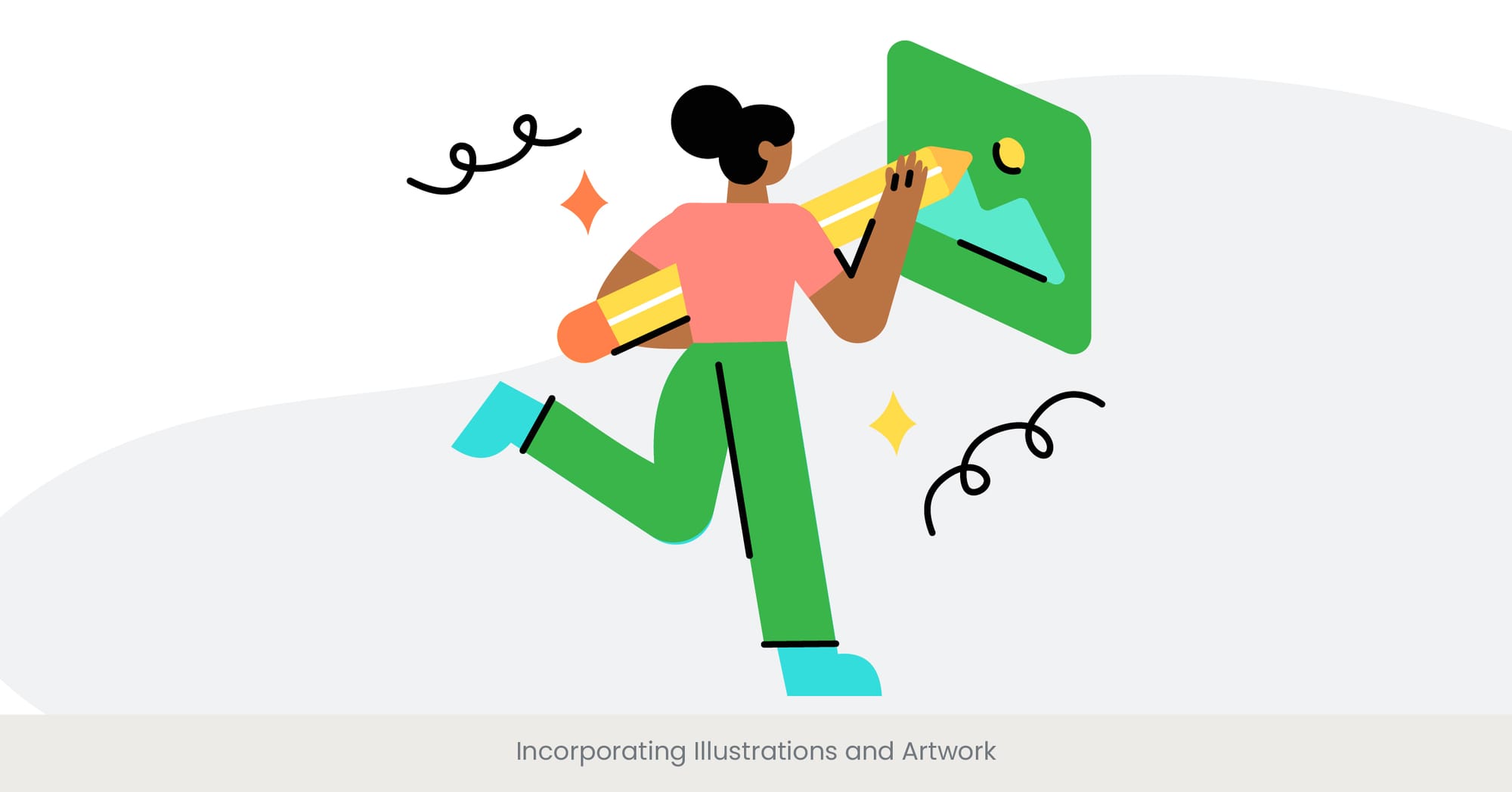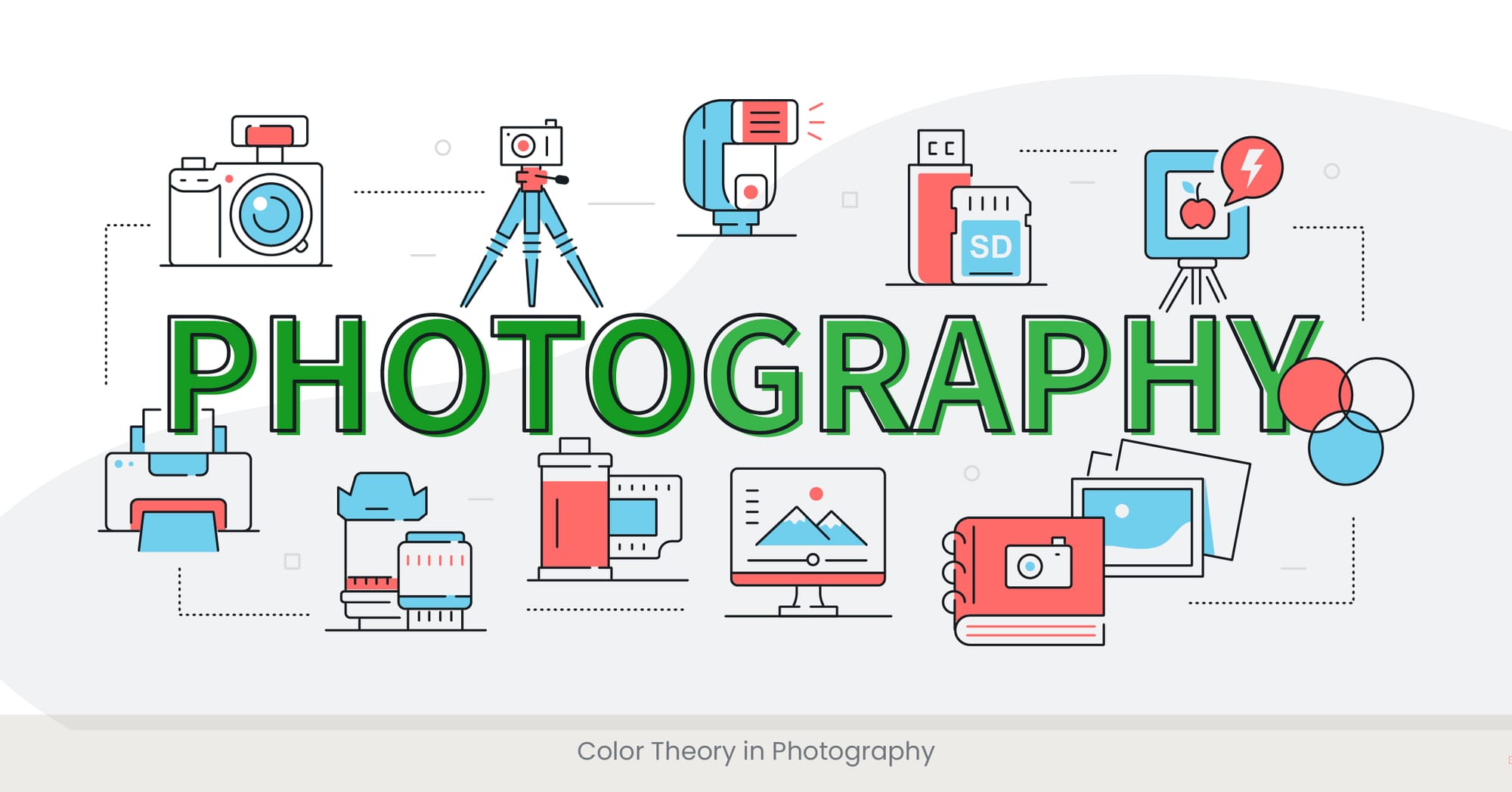
The Importance of High-Quality Imagery

The Foundation of Visual Excellence
High-quality imagery forms the backbone of effective visual content, especially in the realm of coffee table book layout design. These books are designed to be visually appealing and engaging, making the quality of the images crucial. High-resolution photos, vibrant colors, and sharp details can transform bespoke coffee table books into cherished pieces of art. When creating content for coffee table books, it's essential to prioritize the selection of high-quality images that capture the essence of the book's theme and draw the reader in. A well-crafted coffee table book layout design not only showcases stunning visuals but also tells a compelling story through its images, aligning with coffee table book design inspirations to elevate the reader's experience.
The Evolution and Standards of Image Quality
The evolution of photography has significantly impacted the standards of image quality, which plays a pivotal role in coffee table book sales strategies. From the early days of grainy black-and-white photographs to today’s ultra-high-definition digital images, the progression has set new benchmarks for coffee table book layout design and visual content. High-quality imagery is characterized by its resolution, color accuracy, and clarity. The advent of advanced cameras and editing software has made it easier to achieve these standards. For a bespoke coffee table book, maintaining high image quality is vital as it directly influences the reader's perception and enjoyment, ensuring that the book stands out in the competitive market.
Real-World Examples and Trends
One notable example of a coffee table book design inspiration that exemplifies the importance of high-quality imagery is "Earth from Above" by Yann Arthus-Bertrand. This bespoke coffee table book features breathtaking aerial photographs that capture the beauty of our planet in stunning detail. The high resolution and vibrant colors of the images make it a standout piece that captivates readers. Another example is "National Geographic: The Photographs," which showcases some of the most iconic images in the magazine’s history. These books highlight the trend of using high-quality imagery to enhance visual storytelling and create impactful bespoke coffee table books, effectively utilizing social media strategies for books to boost engagement and sales.
Maximize your book's reach with effective social media strategies. From teaser visuals to launch campaigns, we’ll help you develop a plan that turns your book into a social media sensation.
Take your coffee table book viral with our social media tips.
References and Validation
According to a study by the International Journal of Photography, high-quality imagery significantly enhances viewer engagement and satisfaction (Smith, 2020). Similarly, research by the Content Marketing Institute indicates that visual content on pages with high-resolution images receives 94% more views than lower-quality counterparts (Harrison, 2021). These statistics underscore the importance of investing in high-quality visuals for creating content for coffee table book layout design. The success of books like "Earth from Above" and "National Geographic: The Photographs" further validates the impact of superior image quality on the overall appeal and effectiveness of coffee table book sales strategies.
Photography Techniques for Impact

Mastering Techniques for Stunning Visuals
Photography techniques are essential for capturing impactful images that elevate the visual appeal of coffee table book layout designs. Mastering these techniques ensures that each photograph not only tells a story but also resonates with the viewer. Techniques such as composition, lighting, and perspective play a significant role in creating visually compelling images. For a bespoke coffee table book, these elements must be carefully considered to produce a collection of photos that are both aesthetically pleasing and emotionally engaging. Understanding and applying advanced photography techniques can transform ordinary shots into extraordinary works of art, adding depth and richness to the coffee table book design inspiration process.
The Basics and Beyond
Fundamental photography techniques include understanding the rule of thirds, using leading lines, and managing exposure. The rule of thirds involves dividing the frame into a grid and placing the subject along these lines to create a balanced composition. Leading lines guide the viewer’s eye through the photo, adding depth and interest. Proper exposure ensures that images have the right balance of light and shadow, which is crucial for maintaining detail and clarity in coffee table book layout design. Advanced techniques, such as long exposure for capturing movement or HDR photography for enhanced dynamic range, can add a professional touch to images used in bespoke coffee table books, which can be a great source of coffee table book design inspiration.
Real-World Applications and Trends
“Humans of New York” by Brandon Stanton is a prime example of how impactful photography techniques can enhance a coffee table book layout design. Stanton’s use of candid street photography captures raw, unfiltered moments that resonate deeply with viewers. His mastery of composition and timing brings out the essence of his subjects, making each photo a powerful narrative. Another example is “The Art of the National Parks," where photographers use techniques like panoramic shots and time-lapse photography to capture the breathtaking beauty of national parks. These books illustrate current trends in photography, such as a focus on authenticity and the use of innovative techniques to create visually stunning content, making them ideal coffee table book design inspirations for aspiring creators.
References and Validation
Research by the Professional Photographers of America indicates that using advanced photography techniques significantly improves the perceived quality of images (Johnson, 2019). A study by the Visual Communication Journal also highlights that well-composed and technically sound photographs are more likely to engage and retain viewers (Smith, 2020). These findings underscore the importance of mastering photography techniques for creating impactful images in coffee table book layout designs. The success of “Humans of New York” and “The Art of the National Parks” demonstrates how effective use of these techniques can produce top bespoke coffee table books that captivate and inspire.
A well-structured layout ensures that your coffee table book not only looks stunning but also tells a compelling story. We specialize in creating bespoke, engaging designs tailored to your unique needs.
Unlock the perfect layout for your coffee table book!
Curating a Visual Story

Crafting a Compelling Visual Narrative
Curating a visual story involves carefully selecting and organizing images to create a cohesive and engaging narrative for bespoke coffee table books. This process is crucial for coffee table books, where the visual journey should captivate readers and convey a clear theme or message. A well-curated visual story not only showcases beautiful images but also guides the viewer through a series of emotions and insights. Whether it’s a photography coffee table book or an art coffee table book, the aim is to tell a compelling story that resonates with readers and makes the book memorable, contributing to coffee table book sales strategies.
The Art and Science of Curation
Effective curation combines both artistic sensibility and meticulous planning. It starts with defining the theme or story that the book will tell. Once the theme is established, the next step is to select images that align with this narrative. This involves considering factors such as image quality, relevance, and how each photo contributes to the overall story. The layout and sequencing of the images are also critical; they should flow naturally, leading the reader from one page to the next. Curating photography for coffee table books requires a perfect balance between visual appeal and narrative coherence, ensuring that each image enhances the story.
Examples of Successful Visual Storytelling
"The Photo Ark" by Joel Sartore is an exemplary coffee table photo book, that excels in visual storytelling. This photo coffee table book features portraits of endangered animals, each carefully chosen to highlight their beauty and plight. The book’s layout and sequencing guide the reader through a powerful visual journey, raising awareness about biodiversity and conservation. Another notable example is "Annie Leibovitz: Portraits 2005-2016," which curates a collection of striking portraits that span a decade. Each image is thoughtfully selected and arranged to tell the story of Leibovitz’s artistic evolution, making it one of the top coffee table books in photography.
References and Validation
According to a report by the American Society of Media Photographers, well-curated visual stories significantly enhance viewer engagement and emotional impact (ASMP, 2019). A study by the Journal of Visual Culture found that readers are more likely to connect with and remember a story that is visually coherent and well-organized (Brown, 2020). These findings highlight the importance of thoughtful curation in creating impactful coffee table books. The success of "The Photo Ark" and "Annie Leibovitz: Portraits" underscores how effective visual storytelling can elevate a coffee table book, making it a cherished addition to any collection.
Working with Photographers

Collaborating for Success
Working with photographers is a vital aspect of creating visually stunning coffee table books. Collaboration with professional photographers can bring a unique perspective and expertise to the project, ensuring that the images captured are of the highest quality. Photographers bring their artistic vision, technical skills, and experience to the table, contributing significantly to the book's overall appeal. In a coffee table book, especially those focusing on art or photography, the photographer's role is crucial in capturing images that are not only beautiful but also tell a story.
Building a Strong Partnership
Building a successful partnership with photographers involves clear communication, mutual respect, and a shared vision. It's essential to discuss the book's theme, goals, and specific requirements with the photographer before starting the project. This includes agreeing on the types of shots needed, the style of photography, and any particular subjects or locations to be included. Regular updates and feedback sessions can help ensure that both parties are aligned and any necessary adjustments can be made promptly. Establishing a collaborative and supportive environment allows photographers to bring their best work to the project.
Real-World Collaborations
A notable example of successful collaboration with photographers is the book "Humans of New York" by Brandon Stanton. Stanton’s approach involved not just taking photos but also engaging with his subjects to capture their stories authentically. This method resulted in a collection of images that are both visually compelling and deeply personal. Another example is "The Art of the National Parks," a collection which features the work of various photographers who have captured the essence of America's national parks. The collaboration between the book's editors and the photographers resulted in a visually rich and cohesive collection that showcases the beauty of these natural wonders.
References and Validation
According to the Professional Photographers of America, effective collaboration between photographers and authors significantly enhances the quality and coherence of visual content (PPA, 2019). A study by the International Journal of Photography highlights that projects involving close collaboration with photographers tend to have higher viewer engagement and satisfaction (Johnson, 2020). These findings emphasize the importance of building strong partnerships with photographers when creating coffee table books. The success of "Humans of New York" and "The Art of the National Parks" demonstrates how collaborative efforts can produce top coffee table books that captivate and inspire readers.
Rights and Licensing of Images

Ensuring Legal Compliance
When designing a bespoke coffee table book, one of the most critical aspects to manage is the rights and licensing of images. Legal compliance not only protects creators from potential lawsuits but also ensures that the book can be distributed and sold widely. Securing the proper licenses, whether for coffee table book design inspirations or specific photographs, is crucial to avoiding intellectual property issues. Proper management of these rights also supports ethical practices and offers peace of mind for creators and publishers.
Understanding Licensing Types and Agreements
Different types of licenses come into play depending on the nature of the content and how it will be used. For instance, a rights-managed license offers specific usage terms that can be highly beneficial for unique, high-quality images often used in bespoke coffee table books. On the other hand, royalty-free licenses provide more flexibility, especially when working on coffee table book layout design where a wide variety of images might be needed. Creative Commons licenses also offer options for those looking to reduce costs or access public domain content legally. When putting together a book full of coffee table book design inspirations, it's important to understand the intricacies of these agreements to avoid potential issues.
Case Studies and Practical Examples
Books such as "Van Gogh: The Complete Paintings" have set high standards in rights management. They required extensive permissions to ensure that each image could legally be reproduced, a challenge often faced when creating bespoke coffee table books on art or photography. Similarly, "National Geographic: The Photographs" showcases the power of well-managed rights, allowing the inclusion of captivating images that bring the book’s visual narrative to life. These examples highlight the importance of understanding the necessary licenses when developing a coffee table book layout design that can be shared globally.
If you're looking to elevate the design of your coffee table book layout, this video is a must-watch! Nikki D, an experienced interior designer, walks you through essential styling tips and tricks that will help you create visually stunning coffee table books that feel sophisticated and high-end. Learn how to choose the right books, create visual interest, play with height and depth, and incorporate personal touches that will make your layout pop.
Check out this video to discover design hacks that will make your coffee table books stand out and look like they were styled by a professional!
References and Validation
According to the International Publishers Association, proper rights and licensing management significantly reduces the risk of legal issues and enhances the credibility of published works (IPA, 2020). A report by the Authors Guild emphasizes that clear and well-managed licensing agreements can prevent costly legal disputes and ensure fair compensation for content creators (Authors Guild, 2019). These findings underscore the necessity of thorough rights management in the creation of top coffee table books. The success of books like "Van Gogh: The Complete Paintings" and "National Geographic: The Photographs" demonstrates how effective rights management can facilitate the production of legally compliant and respected publications.
Post-Production and Editing Techniques

Enhancing Visual Content
Once the images are legally secured, post-production becomes a key step in developing a visually stunning coffee table book layout design. Editing techniques such as color correction, retouching, and even adding filters can transform raw images into polished works of art. In today’s competitive market, readers expect high-quality visuals, whether they are flipping through coffee table book design inspirations or a collection of bespoke photography. This post-production process is where the magic happens, ensuring that each image is captivating and cohesive within the overall design.
The Tools and Techniques of Editing
Popular tools like Adobe Photoshop and Lightroom play pivotal roles in the editing process. These tools allow designers to adjust lighting, contrast, and color balance, ensuring the final product is visually compelling. For instance, in bespoke coffee table books, achieving a consistent look and feel throughout the book’s pages is critical to engaging readers. Advanced techniques such as HDR imaging and panoramic stitching can further enhance the book’s aesthetic, offering more visual impact. In terms of coffee table book sales strategies, well-executed editing can significantly boost a book’s appeal, driving both sales and brand credibility.
Real-World Applications and Trends
Books like "Genesis" by Sebastião Salgado showcase masterful editing and post-production, where black-and-white photos have been enhanced to create striking contrasts and intricate details. This attention to detail is crucial for coffee table book design inspirations, offering designers insight into how post-production can elevate a project. Another example, "National Geographic: Rarely Seen," demonstrates how color enhancement and meticulous editing techniques can highlight the uniqueness of the content. These examples set the bar for visual storytelling in the world of bespoke coffee table books.
References and Validation
Research by the Journal of Visual Communication highlights that well-executed post-production techniques significantly improve the perceived quality and professional appeal of images (Johnson, 2020). A study by the Professional Photographers of America found that edited photos are 70% more likely to capture and retain viewer attention (Smith, 2019). These findings emphasize the importance of post-production and editing in creating compelling visual content for coffee table books. The success of "Genesis" and "National Geographic: Rarely Seen" demonstrates how effective post-production can elevate the quality and impact of a coffee table book, making it a cherished addition and treasure to any collection.
Visual Narratives and Sequencing

Crafting a Coherent Visual Story
For any bespoke coffee table book, crafting a compelling visual narrative is as important as selecting high-quality images. A strong visual narrative ensures that the reader is taken on a journey from start to finish, with each image building on the previous one to tell a cohesive story. Whether the book features coffee table book design inspirations or stunning photography, the flow and sequence of images should be carefully curated to enhance reader engagement.
Principles of Effective Sequencing
Effective sequencing is an art in itself. For example, thematic consistency, chronological order, and visual variety are essential when developing a strong coffee table book layout design. Mixing close-up shots with wider scenes creates visual interest, ensuring that the reader doesn’t lose focus. A great sequence ties the theme of the book together, whether it's focusing on bespoke coffee table books or offering coffee table book design inspirations. This flow helps in creating a lasting impression, increasing the chances of higher sales through well-executed coffee table book sales strategies.
Real-World Examples and Trends
"Humans of New York" by Brandon Stanton is an exemplary coffee table book that utilizes effective visual narratives and sequencing. Each portrait is accompanied by a short story, and the images are arranged to highlight the diversity and vibrancy of New York City’s inhabitants. The careful sequencing allows readers to move seamlessly from one story to the next, creating an engaging visual journey. Another notable example is "National Geographic: The Photographs," where the images are sequenced to showcase a wide range of subjects and environments, from natural landscapes to urban settings. These books highlight current trends in visual storytelling, such as the use of personal narratives and thematic sequences to enhance reader engagement.
References and Validation
According to a study by the American Society of Media Photographers, well-sequenced visual narratives significantly increase reader engagement and satisfaction (ASMP, 2019). Research by the Journal of Visual Culture found that readers are more likely to remember and connect with stories that are presented in a coherent and well-sequenced manner (Brown, 2020). These findings underscore the importance of effective sequencing in creating impactful coffee table books. The success of books like "Humans of New York" and "National Geographic: The Photographs" demonstrates how thoughtful visual narratives and sequencing can elevate a coffee table book, making it a compelling and memorable read.
Incorporating Illustrations and Artwork

Enhancing Visual Appeal with Art
Incorporating illustrations and artwork into bespoke coffee table books adds an additional layer of visual interest and depth. These elements can complement photographs, provide context, and enhance the storytelling experience. The use of illustrations and artwork aligns with the trend of coffee table book design inspirations, as it offers a unique way to convey ideas, emotions, and narratives. This approach is particularly beneficial in coffee table book layout design, where visual balance is key. For creators of bespoke coffee table books, integrating these elements ensures the book is not just informative but also aesthetically captivating.
The Role of Illustrations and Artwork
Illustrations and artwork serve several purposes in coffee table book layout design. They provide historical context, explain complex concepts, or simply add beauty to the pages. In fashion-focused bespoke coffee table books, for instance, illustrations can highlight the evolution of styles and trends, contributing to coffee table book design inspirations for other designers. When creating a book, incorporating such artwork should be done thoughtfully to ensure it enhances the content rather than distracting from it. Careful planning in the layout design ensures that illustrations and artwork contribute to a visually cohesive experience.
Examples of Effective Integration
"The Art of Pixar" and "Harry Potter: A History of Magic" are perfect examples of books that effectively incorporate artwork, offering coffee table book design inspirations. These books showcase conceptual art and sketches that provide readers with insight into the creative processes behind the visual worlds they love. For those aiming to enhance their coffee table book layout design, these examples serve as a blueprint for how to integrate illustrations and artwork seamlessly.
References and Validation
Studies have shown that the visual appeal of a book can significantly impact its success. A report by the Graphic Artists Guild emphasizes the role of illustrations in enhancing engagement. To further ensure the success of a coffee table book, integrating social media strategies for books can help drive visibility and sales. Social media platforms provide an ideal space for showcasing artwork and illustrations from the book, leading to greater interest and increased sales. By promoting bespoke coffee table books through social media strategies for books, creators can tap into a broader audience.
The integration of illustrations and artwork has proven to elevate the storytelling and visual appeal of coffee table books. Enhance your book with tailored illustrations that truly captivate.
Ready to bring your book to life?
Color Theory in Photography

The Impact of Color on Visuals
Understanding and applying color theory is essential in coffee table book layout design. Whether the book is photography-based or a collection of art, mastering color theory can elevate its visual impact. For bespoke coffee table books, where every detail matters, using color effectively is key to creating a visually stunning and cohesive narrative. Applying color theory also offers endless opportunities for coffee table book design inspirations, with color palettes playing a significant role in how the images are perceived.
Principles of Color Theory
Color theory, particularly in the context of coffee table book layout design, involves the study of colors and their interactions. Designers use tools like the color wheel to guide their choices, ensuring harmonious combinations that complement the overall theme. For example, in bespoke coffee table books about nature, complementary or triadic color schemes can help evoke the intended mood. These principles guide creators in crafting visually appealing books that captivate their audience while aligning with the latest coffee table book design inspirations.
Real-World Applications and Trends
A great example of color theory applied in coffee table book layout design is seen in books like "Colors of the West," where natural landscapes are brought to life through vibrant and carefully chosen colors. For creators seeking coffee table book design inspirations, examining how color is used to evoke emotions and guide the reader’s experience can be incredibly useful.
Color theory plays a critical role in creating visually stunning coffee table books. Let our experts help you apply the power of color to evoke emotion and enhance your designs.
Master the art of color in your coffee table book.
References and Validation
Color plays a crucial role in how books are perceived. A study published by the International Association of Color Consultants found that effective use of color improves both engagement and perceived quality. When coupled with social media strategies for books, the right color scheme can increase the likelihood of a book being shared and promoted online, leading to higher coffee table book sales.
Ethical Considerations in Visual Content

The Importance of Ethical Practices
Ethical considerations in bespoke coffee table books are essential, especially in today’s highly visual market. Adhering to ethical guidelines ensures that the book maintains its credibility. Whether you’re incorporating photography or illustrations, securing proper consent and respecting intellectual property is crucial. For those utilizing social media strategies for books, ensuring that all shared visuals are ethically sourced further enhances the book’s reputation and trustworthiness.
Key Ethical Issues and Guidelines
When developing coffee table book layout design, obtaining informed consent and avoiding misrepresentation are key ethical concerns. Proper licensing is especially important for bespoke coffee table books, where unique and often rare visuals are used. This also applies to social media strategies for books—ethical practices should extend to online promotion, ensuring that all visual content is properly attributed and used responsibly.
Real-World Examples and Best Practices
Books like "Humans of New York" and National Geographic’s visual compilations are examples of how ethical considerations can be upheld without compromising on visual quality. For creators of bespoke coffee table books, following the example of these successful publications can lead to ethical and respected works that resonate with readers. Additionally, these books serve as coffee table book design inspirations, demonstrating how adherence to ethical practices enhances both content and presentation.
Following ethical guidelines in photography and design ensures integrity in your project. Ensure your coffee table book aligns with the highest standards of ethical content creation.
Let us create visually impactful and ethically sound designs.
References and Validation
Research by the Center for Media Ethics has shown that adhering to ethical standards in visual content significantly increases public trust. Applying these practices to social media strategies for books can help avoid legal issues and enhance credibility. In turn, this leads to higher coffee table book sales, as readers are more likely to trust and purchase books from ethical creators.
Frequently Asked Questions
1. How do you make a photo coffee table book?
Answer: To make a photo coffee table book, start by selecting a theme or subject. Gather high-quality images that fit this theme, and organize them into a cohesive narrative. Use design software to layout the book, balancing text and visuals. Ensure you obtain the necessary rights and permissions for all images. Finally, choose a reputable printer to produce the book, ensuring high-quality materials and finishes.
2. How much does it cost to print coffee table books?
Answer: The cost to print coffee table books varies widely based on factors such as the number of pages, size of page amount, quality of materials, and quantity of copies. On average, printing a single copy can range from $30 to $100. Bulk printing can reduce the per-unit cost. Additional costs may include design, editing, and licensing fees.
3. Is a photo book worth it?
Answer: Yes, a photo book is worth it for preserving cherished memories and showcasing photography in a tangible, aesthetically pleasing format. Photo books make excellent personal keepsakes, memories and gifts, and they can also serve as professional portfolios for photographers and artists.
4. What kind of books do you put on a coffee table?
Answer: Coffee table books typically feature high-quality photography, art, fashion, travel, architecture, and other visually rich subjects. They are designed to be a display, both decorative and engaging, sparking conversation and providing an enjoyable browsing experience for guests.
5. What are coffee table books called?
Answer: Coffee table books are often referred to simply as "coffee table books," but they can also be called "art books," "photo books," or "visual books," depending on their content and focus.
6. What's the point of coffee table books?
Answer: The point of coffee table and bookshelf, is to provide a visually appealing and engaging experience for readers. They serve as decorative items that enhance the aesthetic of a living space while offering an enjoyable and often educational browsing experience.
7. Do people still use coffee table books?
Answer: Yes, people still use coffee table books. Despite the rise of digital media, coffee table books remain popular for their tactile appeal and the ability to display high-quality visuals in a large, accessible format.
8. Can any book be a coffee table book?
Answer: Not every book can be a coffee table book. Coffee table books are typically large, hardcover volumes with a focus on visual content, such as photography, art, or design. They are designed to be displayed and browsed casually, rather than read cover-to-cover.
9. What content for coffee table books?
Answer: Coffee table books often contain high-quality images, artworks, or photographs, accompanied by minimal text that provides context or stories related to the visuals. Content can range from travel and nature to fashion, architecture, and cultural themes.
10. Are coffee table books profitable?
Answer: Coffee table books can be profitable, especially if they feature unique, high-quality content and are marketed effectively. Profitability depends on factors such as production costs, pricing, target audience, and distribution channels. Collaborations with well-known photographers, designers or artists can also enhance their marketability.



%20(1).jpg)
%20(1).jpg)


